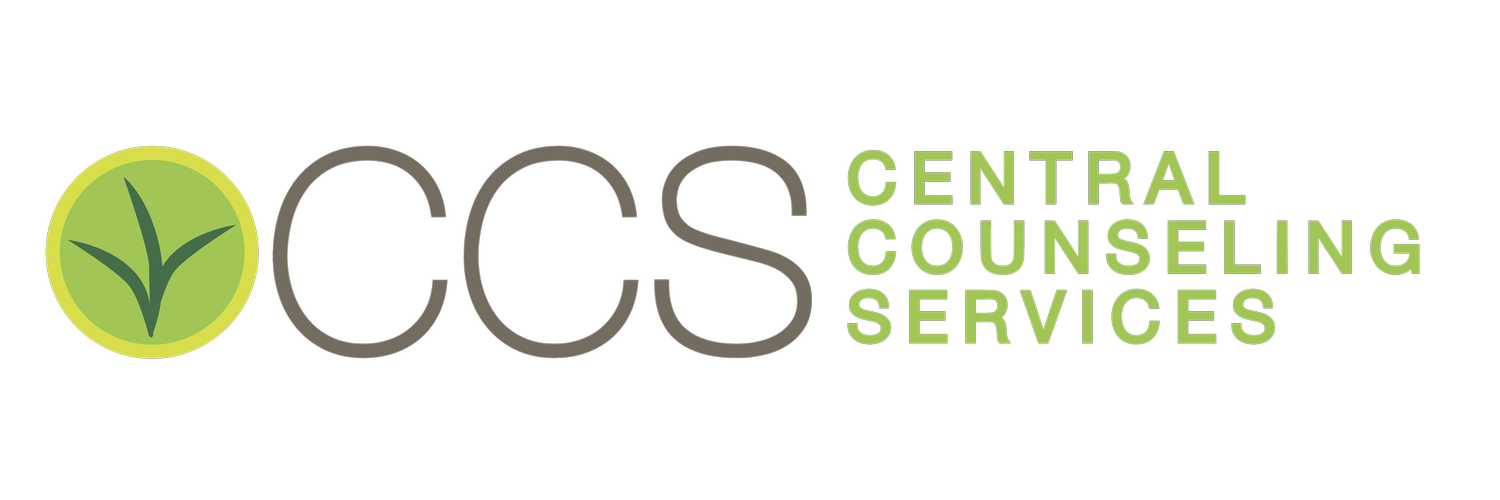Blog

Health and Boundaries: Clearing the Path to Success
Boundaries: I know we have all heard the word, and when you are in therapy or talking about having healthy mental health, the “Boundaries” word comes up A LOT, but what does it mean, and why are they so important? Let’s talk about it, starting with what exactly what boundaries are

Are You Feeling a Little Bit Depressed?
Are you usually a carefree and happy go, lucky person? Do you typically look to the glass being half full? Are you now with all this uncertainty feeling a bit depressed, nervous, or isolated? I want to assure you that you are not alone


I care. We care. Do You Care? Tips on how to assess and increase your level of self-care
What comes to mind when you hear the words “self-care?” Do you think of the Spa, practicing meditation, or sitting poolside soaking in the sun? Many of us will agree that we practice some form of self-care daily whether you read in your leisure time, exercise, or binge your favorite episodes on Netflix; you are taking time for yourself to “relax.”

5 tips on effective communication
Communication is so important with all relationships including friendships, colleagues, family and romantic relationships. We not only want others to listen to us, but we want to be HEARD. There is a difference between talking and communicating, and we have to learn how to communicate effectively. Let’s talk about 5 easy and effective communication tips that can transform your relationships.

Insomnia: The Struggle Within
Tired, like all of the time, because you just can’t sleep. Anxious, stressed, and unsure where to turn? If you struggle with insomnia, you’re not alone. Insomnia is one of the most common disorders in individuals. With all of today’s stress, at least 25 % of adults and children struggle with getting a good night’s sleep. We’ve got some handy tips & tricks for getting better shut eye.


How To Stop Fighting Your Spouse
I’ve heard this often from either spouse, “I can’t read their mind.” I agree with this statement, “your spouse does not know how to meet your needs unless you know what they are and you communicate it.”

Change Your Attachment Style, Change Your Life!
This is the one we all are searching for and hope for. This is an understanding of healthy relationships.

Celebrating Father’s Day
With Father’s Day approaching many people are reminded of the presence of their father in their lives. Through history the importance of a father’s role in the family had been seen as primarily a provider and disciplinarian rather than a caretaker. In more recent times, it has been seen that father’s who are emotionally present and active in the child’s life can make a profound positive impact.

Some Adult Behaviors Of Someone Who Suffered From Verbal Abuse As A Child
When you hear a lot of verbal abuse as a child, you begin to internalize it. Being repeatedly insulted, called names, and told that you aren’t good enough takes a toll on you. As a child, you slowly begin to believe that you are all those things.This is especially true if you were always told to lighten up or have more positive thinking whenever a cruel comment upset you. As a child, you lacked the necessary reasoning ability to understand that your family members were in the wrong, not you. So, instead, you believed them, and along the way, your confidence was lost and you began to doubt and dislike yourself.

The Super Power of Hugging
What if I told you that you have a superpower right at your fingertips? What if this superpower improved your overall physical and mental health, reduced stress and anxiety, lowered your blood pressure, and improved your communication? What if you only needed to use this superpower a few moments a day, every day, to achieve these results? Sound too good to be true? Well, read on to learn how to use your superpower!

Memorial Day is More Than Just Another Weekend
As members of the workforce, we often find it exciting to have a 3-day weekend to spend with the family, with friends, or doing some of our favorite activities. One of those weekends happens to be Memorial Day Weekend. However, it’s important to remember the commemoration of Memorial Day - that it’s more than just a weekend, it’s to honor those who have died in military services.

Stress-Relief Tips for Working Moms
Working moms are no strangers to stress. From having to balance with the expectations to carry out at any workplace, working moms also have to bear with the emotional rollercoaster of anxiety, guilt, frustration, joy, and all other emotions that come with motherhood. It is important to practice some self-care in between all of the highs and lows of being a mother and being part of a workforce.

Borderline Personality Disorder and Relationships
Let's talk about borderline personality disorder (BPD) and relationships. The first thing we want to do is recognize the traits of borderline personality disorder. People with BPD tend to have an intense fear of being left alone or abandoned. Regardless of whether such abandonment is real or imagined, the individual may take extreme measures to avoid possible separation or rejection.
